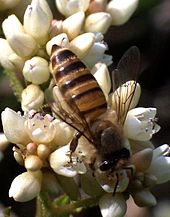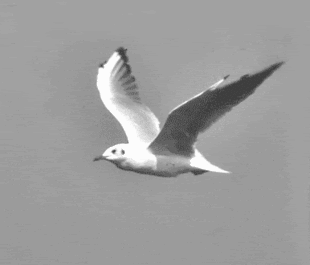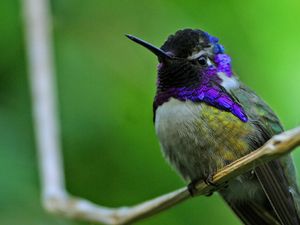Technological breakthroughs happen every day, and with them come hundreds of new gadgets. In the past decade alone we have taken much that was previously science fiction and turned it into reality. These new technologies have transformed seemingly every part of out lives. However, teachers and professors have for the most part ignored this transformation. The technologies most teachers fully rely on have been around for at lease the past hundred years. They include chalk, chalkboards, and if you’re lucky worksheets. It’s no wonder that so many students have such a hard time focusing in their classrooms. Why would a student pay attention to a lecture they haven’t been following if they can get just as much work done playing Angry Birds? As the world becomes more interesting, instructors need to make their classrooms more accessible and exiting for their student. So, is bringing technology into the classroom the answer? In short yes, technology in the classroom will allow students to become more engaged in what their learning, and bring what they are learning closer to the world they live in.

One of the top website that students visit is youtube.com. Whether it is to look at funny videos, or to learn how to solve differential equations; it seams that youtube has it all. Videos often contain elements of entertainment that teachers would have a very hard time coming up with by themselves. Videos take you to new locations and show you perspectives that cannot be described. They inspire creativity and fascination in students. Not tomention they keep students more focused. Integrating one or two videos into a slideshow significantly increases the interest of the student in the class, and the impact that the slideshow will have. A video provides information visually, which helps many students who do not learn effectively through note taking alone. A video should not stand-alone. This mean that the teacher must build up to it, and then explain its significance. A video that has nothing to do with the subject is likely to hurt ones cause rather than help it. Youtube videos are easy to access, and cover practically all fields. If teachers want to keep their students attentions then videos are a great tool for them.

Another great tool teachers can use is Skype. It is a service that allows anyone with an Internet connection and a camera to video conference with anyone anywhere one earth. Using this tool, teachers can talk to their classes without having to be in the same room as their students. The only issue with this is that the teacher cannot actively engage the students. A better use for tools like Skype is to bring lecturers into the classroom. This allows students to meet experts without brining any inconvenience to either party. It’s also much cheaper than having the actual speaker come in. Skype is a great way to engage the students in the lessons. By hearing from real world experts they see how their studies apply to real life.

The final technological tool I am going to discuss is interactive online activities. Students already spend so much of their time online; it is only natural that homework’s and assignments be transferred to a digital format. Doing problem sets and reading articles is relatively boring, but if these are transferred to an online medium it feels as though there is more freedom in doing them. Online, you can look up things that confuse you while you work through your assignment. This makes homework a much less grueling activity. With activities like this blog students really feel like they are contributing to their own education. By having tests and homework’s online teachers free the students to do their work on their own time instead of using classroom time for something that does not involve the teacher. Online assignments are more engaging, and are typically more fun than print ones.
Technology is what drives the world, and if education does not keep up then many very bright students will be left behind. Digital tools like youtube can bring entertainment and learning to students who have a hard time focusing otherwise. Skype is a way for students to connect to speakers they would never be able to meet in real life. By having assignments that are web-based teachers make the information they teach more accessible to their students. Many teachers still have not embraced technology, but technology is not going away. Those teachers will find themselves in situations where their students are falling asleep in their classes and missing lectures all together. The teachers who have already integrated technology into their classrooms will have a significant advantage in the future. They will have already figured out all the bugs, and all the best resources, while the others are catching up. In Bio Aerial Locomotives we have used all of these technologies and they have helped all of us learn. Although we sometimes ran into problems, that is all part of the learning experience. By encountering these issues now, we can avoid them in the future. Pretty soon classrooms like ours will be examples for how to use technology in the classroom effectively. As technology improves so must educations ability to utilize with it.
sources
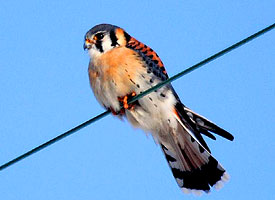
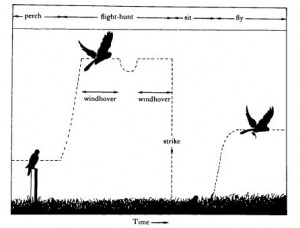



 The picture to the left demonstrates a honeybee adjusting its flight speed in order to navigate its way through a very complex setting.
The picture to the left demonstrates a honeybee adjusting its flight speed in order to navigate its way through a very complex setting.